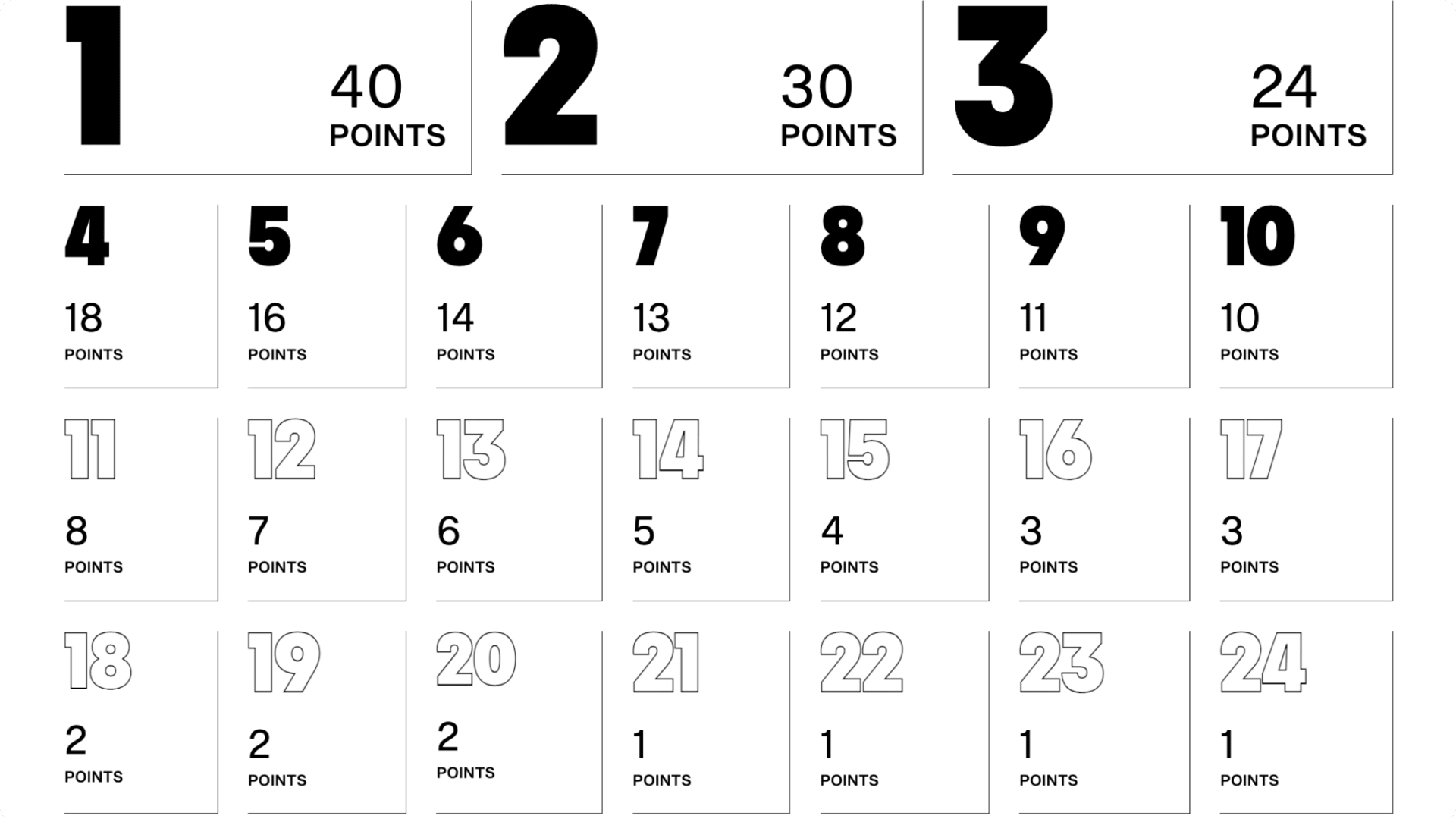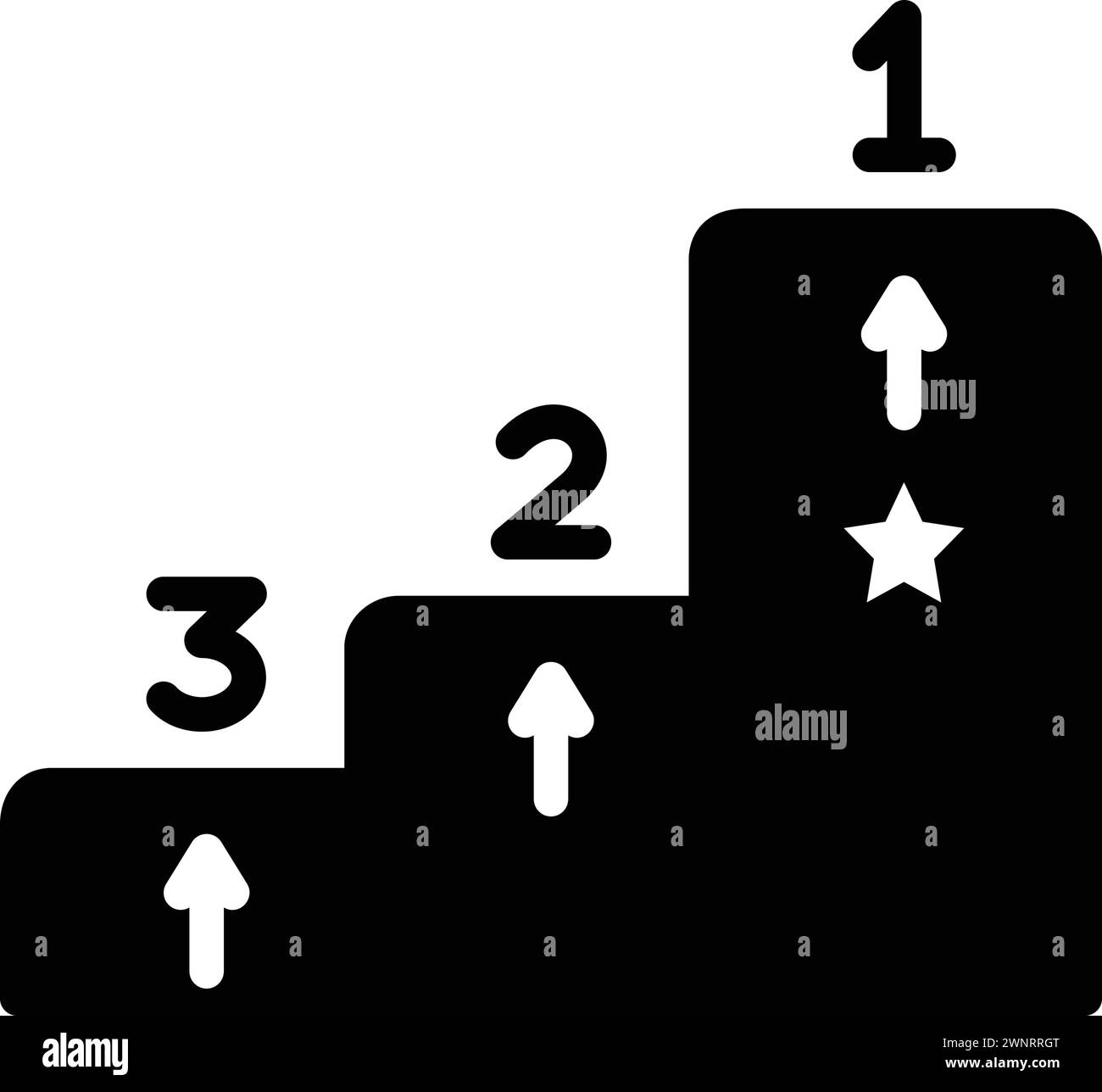Political Standings: The Ultimate Guide To Understanding The Current Political Landscape
Political standings have become a buzzword in today’s world, shaping everything from global policies to local community decisions. If you’re scratching your head trying to figure out what it all means, don’t worry—you’re not alone. In this article, we’ll break it down for you in a way that’s easy to digest and packed with useful insights. Whether you’re a political enthusiast or just trying to stay informed, you’re in the right place.
Let’s face it, political standings can feel like a labyrinth of numbers, opinions, and shifting alliances. But understanding them is crucial if you want to make sense of the world around you. Think of it as the foundation for knowing where your government stands, why certain policies are pushed, and how decisions are made. This guide will take you through everything you need to know.
Now, you might be wondering, “Why should I care about political standings?” Well, here’s the deal: they affect your daily life more than you think. From healthcare to taxes, education to environmental policies, political standings determine the direction your country is heading. So buckle up, because we’re diving deep into the world of politics, and by the end of this, you’ll have a clearer picture of the political landscape.
- Where Does Laufey Live Unveiling The Mythical Home Of A Legend
- Robert Plant Zeppelin The Voice Behind The Rock Legends
Table of Contents
- What Are Political Standings?
- The Importance of Political Standings
- Factors Affecting Political Standings
- How Are Political Standings Measured?
- Current Political Standings Around the Globe
- Key Influencers on Political Standings
- Historical Context of Political Standings
- Challenges Facing Political Standings
- The Future of Political Standings
- Tips for Following Political Standings
What Are Political Standings?
Political standings refer to the position or ranking of political parties, leaders, or nations in terms of power, influence, and public opinion. It’s like a scorecard that reflects how well a political entity is performing based on various factors such as voter support, policy effectiveness, and international relations. Think of it as a snapshot of the political health of a country or region at any given time.
For example, if a political party has a high standing, it means they have strong support from the electorate, are implementing successful policies, and are respected on the global stage. Conversely, a low political standing could indicate declining popularity, policy failures, or internal party conflicts.
Here’s a quick breakdown of what political standings encompass:
- Shrooms Q Bio Your Ultimate Guide To Unlocking Naturersquos Mysteries
- Did Jep And Jessica Get Divorced The Untold Story Behind Their Relationship
- Public opinion polls
- Electoral performance
- Policy effectiveness
- International relations
- Economic stability
Breaking Down Political Standings
Political standings are not just numbers on a chart; they’re a reflection of the pulse of a nation. They tell you what the people think, what the leaders are doing, and how the world perceives a country. Understanding these standings can give you a clearer picture of where your country is headed and why certain decisions are being made.
For instance, if a country’s political standing is strong, it might attract more foreign investments, boost tourism, and improve trade relations. On the flip side, a weak political standing could lead to economic instability, social unrest, and a decline in international influence.
The Importance of Political Standings
Political standings are more than just a measure of success or failure; they’re a critical tool for accountability and transparency. They help voters make informed decisions, guide policymakers in shaping effective strategies, and provide a benchmark for evaluating progress.
Here’s why political standings matter:
- They hold leaders accountable by showcasing their performance.
- They provide insights into public sentiment, helping leaders adjust their strategies.
- They influence investor confidence and economic stability.
- They shape international relations and global alliances.
Let’s take a real-world example. If a country’s political standing is strong, it’s more likely to attract international partnerships and collaborations. On the other hand, a weak political standing might lead to isolation, sanctions, or diplomatic tensions.
Why Should You Care?
Because political standings directly impact your life! From the quality of public services to the state of the economy, every decision made by your government is influenced by its political standing. Staying informed about these standings empowers you to participate in the democratic process and hold your leaders accountable.
Factors Affecting Political Standings
Political standings don’t just happen overnight; they’re shaped by a multitude of factors. From economic performance to social issues, every aspect of a nation’s life plays a role in determining its political standing.
Here are some key factors that influence political standings:
- Economic health: A booming economy boosts political standing, while a recession can lead to a decline.
- Public policies: Effective policies improve standing, while failed policies can hurt it.
- Leadership: Strong leadership enhances standing, while scandals or incompetence can damage it.
- International relations: Positive diplomatic ties boost standing, while conflicts can harm it.
How These Factors Work Together
Imagine a country with a strong economy, effective policies, and respected leadership. Its political standing is likely to be high, attracting investments and fostering international partnerships. However, if that same country faces a major scandal or economic downturn, its standing can plummet, leading to a loss of trust and influence.
How Are Political Standings Measured?
Measuring political standings involves a combination of quantitative and qualitative data. Polls, surveys, and expert analyses are just a few of the tools used to gauge political health. It’s like putting together a puzzle where each piece adds to the overall picture.
Here are some common methods used to measure political standings:
- Public opinion polls: These provide insights into voter sentiment.
- Election results: Actual voting outcomes reflect political popularity.
- Expert analyses: Analysts evaluate policies, leadership, and international relations.
- Media coverage: The way the media portrays a political entity can influence public perception.
The Role of Data
Data is the backbone of measuring political standings. Without accurate and reliable data, it’s impossible to get a true picture of a political entity’s position. That’s why organizations like Gallup, Pew Research Center, and others play a crucial role in collecting and analyzing data to provide a comprehensive view of political standings.
Current Political Standings Around the Globe
As of 2023, the global political landscape is more dynamic than ever. Countries are grappling with challenges ranging from climate change to economic instability, and their political standings reflect these struggles. Let’s take a look at some key regions and their current standings.
For instance, the United States has seen a shift in political dynamics, with debates over healthcare, immigration, and gun control shaping its standing. Meanwhile, in Europe, the focus is on economic recovery and the refugee crisis. In Asia, countries like China and India are emerging as global powers, influencing political standings worldwide.
Regional Highlights
Here are some regional highlights of current political standings:
- North America: Focused on domestic policies and international trade.
- Europe: Balancing economic recovery with social issues.
- Asia: Rising as a global economic powerhouse.
- Africa: Addressing development and governance challenges.
Key Influencers on Political Standings
Political standings are not shaped in isolation; they’re influenced by a range of actors, from world leaders to grassroots movements. These influencers play a critical role in shaping the political landscape and determining the standing of nations.
Here are some key influencers:
- World leaders: Their decisions and actions directly impact political standings.
- NGOs and civil society: Advocacy groups can sway public opinion and influence policy.
- Media: The way news is reported can shape perceptions and affect standings.
- Youth movements: Young people are increasingly becoming a powerful force in shaping political discourse.
The Power of Grassroots Movements
Grassroots movements have gained significant traction in recent years, influencing political standings in ways never seen before. From climate activism to social justice campaigns, these movements are reshaping the political landscape and pushing for change.
Historical Context of Political Standings
To truly understand political standings, it’s essential to look at their historical context. From the rise and fall of empires to the birth of modern democracies, history provides valuable lessons on how political standings have evolved over time.
For example, the Industrial Revolution transformed political standings by shifting power from monarchies to industrialized nations. Similarly, the Cold War reshaped global politics, creating a bipolar world order that influenced political standings for decades.
Learning from the Past
History teaches us that political standings are fluid and subject to change. What was once a dominant power can decline, and emerging nations can rise to prominence. Understanding this historical context helps us anticipate future shifts and prepare for them.
Challenges Facing Political Standings
While political standings provide valuable insights, they also face numerous challenges. Issues like misinformation, polarization, and global instability can skew perceptions and affect standings.
Here are some key challenges:
- Misinformation: False information can distort public perception and damage political standings.
- Polarization: Divided societies can lead to extreme political standings, making governance difficult.
- Global instability: Conflicts and crises can undermine political stability and affect standings.
Addressing These Challenges
Addressing these challenges requires a multi-faceted approach, involving governments, media, and civil society. Promoting transparency, fostering dialogue, and combating misinformation are just a few strategies that can help stabilize political standings.
The Future of Political Standings
Looking ahead, the future of political standings is likely to be shaped by emerging trends such as digitalization, climate change, and demographic shifts. These trends will redefine how political entities are ranked and perceived.
For instance, digital technologies are transforming how political information is disseminated, while climate change is becoming a key factor in determining political standing. As populations shift, new voices will emerge, influencing the political landscape in unprecedented ways.
What to Expect
The future of political standings promises to be exciting yet challenging. As the world becomes more interconnected, the role of political standings will only grow in importance. Staying informed and engaged will be crucial for navigating this evolving landscape.
Tips for Following Political Standings
Staying updated on political standings doesn’t have to be overwhelming. Here are some tips to help you stay informed:
- Follow credible news sources for accurate information.
- Engage with political discussions on social media and forums.
- Participate in local politics to gain firsthand insights.
- Stay curious and ask questions to deepen your understanding.
Making It Personal
Ultimately, understanding political standings is about making it personal. How do these standings affect your life? What can you do to influence them? By staying informed and engaged, you can play a role in shaping the political landscape of tomorrow.



Detail Author:
- Name : Olen Bartoletti
- Username : jaycee.denesik
- Email : kluettgen@waelchi.com
- Birthdate : 1994-09-18
- Address : 716 Schmitt Ranch Apt. 542 North Delia, UT 83176
- Phone : +1-443-232-0525
- Company : Rempel, Wuckert and Cronin
- Job : Database Manager
- Bio : Ut sequi veritatis assumenda dolorum rem aut nisi. Quo ut recusandae dolore dolor velit labore iste iusto. Eaque sint ipsam sint ratione.
Socials
instagram:
- url : https://instagram.com/liliane670
- username : liliane670
- bio : Eligendi est similique cum natus. Eius optio minus earum sit sint eum.
- followers : 586
- following : 1598
tiktok:
- url : https://tiktok.com/@lpacocha
- username : lpacocha
- bio : Deserunt odit minima aperiam odit a eaque. Accusamus quia dolores quis minus.
- followers : 3148
- following : 1530